-

- Author e-FILLERS Team
- Sep 22nd, 2025
Safe Filler Use Around the Eyes: Latest Research & Best Practices
.webp)
The periorbital region (under and around the eyes) is one of the most delicate and challenging areas for dermal filler treatments. While patients often seek fillers for tear troughs, hollowing, or dark circles, this area also carries higher risks compared to other parts of the face.
Recent research and advances in technique have made filler use around the eyes safer and more effective — provided that treatments are performed with expertise, careful planning, and evidence-based approaches.
Why the Eye Area is High-Risk
Thin skin and soft tissue: Increases risk of visible filler lumps or Tyndall effect.
Dense vascular network: Danger of intravascular injection leading to ischemia or even vision complications.
Constant movement: Eye blinking and facial expressions affect filler placement longevity.
Latest Research Insights
Product Selection Matters
Studies show that low-viscosity hyaluronic acid fillers are best suited for tear troughs due to smooth integration and lower risk of lumpiness.
Newer cross-linking technologies reduce swelling and improve natural results.
Imaging for Safer Injections
Ultrasound-guided filler placement is gaining popularity, allowing practitioners to visualize vessels and tissue planes before injecting.
Slow, Minimal Volumes
Clinical evidence suggests that injecting small aliquots (0.05–0.1 ml per pass) minimizes risks and produces more natural outcomes.
Adjunct Treatments
Research highlights the benefits of combining fillers with biostimulators, skin boosters, or PRP for patients with pigmentation and thin skin, where fillers alone may not suffice.
Best Practices for Practitioners
1. Patient Selection
Avoid fillers in patients with excessive skin laxity, severe edema, or unrealistic expectations.
Assess medical history for risk factors such as bleeding disorders, autoimmune conditions, or previous complications.
2. Filler Choice
Prefer soft, low-G’ HA fillers with high cohesivity.
Use reversible products (hyaluronic acid) for safety in case of complications.
3. Injection Technique
Cannula over needle: Reduces vascular injury and bruising.
Superficial or deep placement only: Mid-dermal injections can cause visible irregularities.
Slow injection, low pressure: Essential to minimize vascular compromise.
4. Managing Risks
Always keep hyaluronidase available for emergency use.
Know protocols for managing vascular occlusion, including immediate massage, warm compresses, nitroglycerin paste, and referral if necessary.
Educate patients about early warning signs such as vision changes or increasing pain.
Aftercare & Longevity
Swelling is normal for 1–3 days; advise patients on cold compresses and avoiding strenuous activity.
Touch-ups may be required after 4–6 weeks for optimal results.
Typical results last 9–12 months, depending on metabolism and lifestyle.
Key Takeaways
The periorbital region is highly effective but high-risk for filler treatments.
Low-viscosity HA fillers, minimal volumes, and cannula use remain the safest approach.
Ultrasound-guided injections and combination therapies represent the latest research-backed innovations.
Success depends on patient selection, technical expertise, and strong safety protocols.

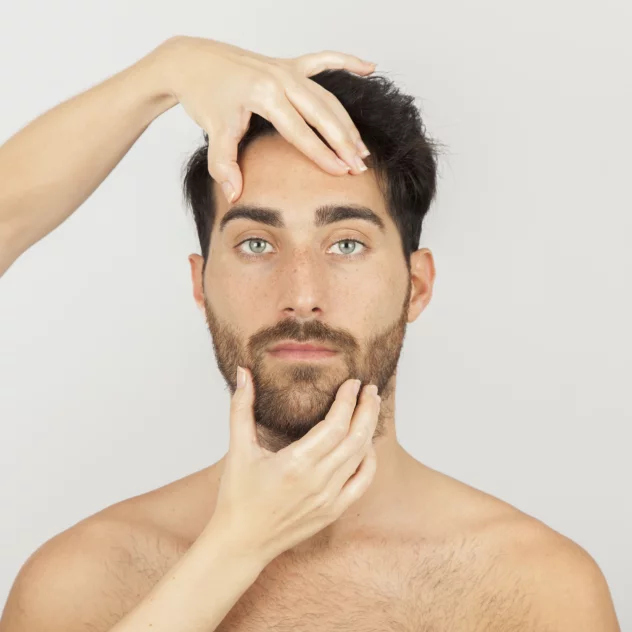
.webp)
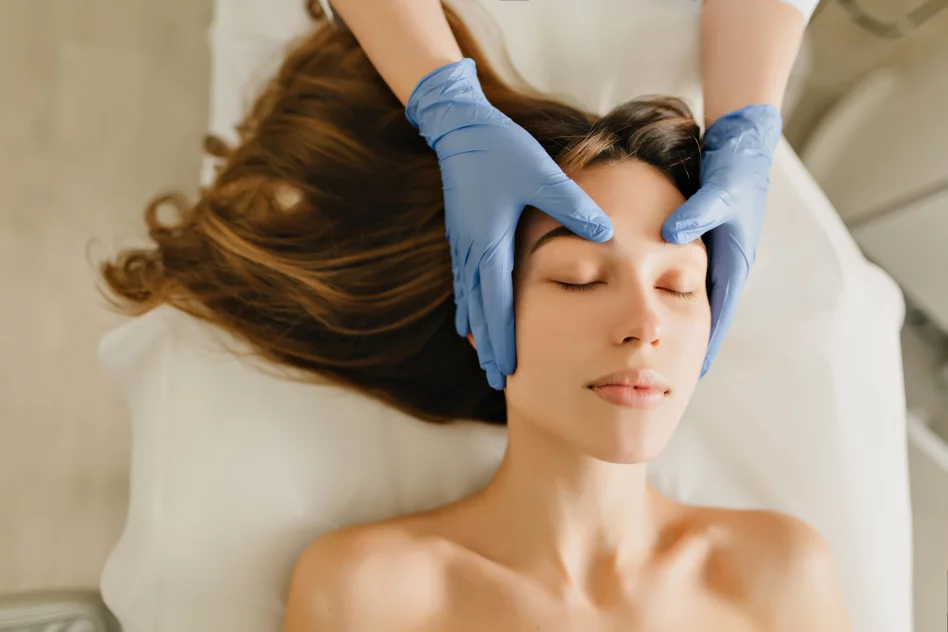
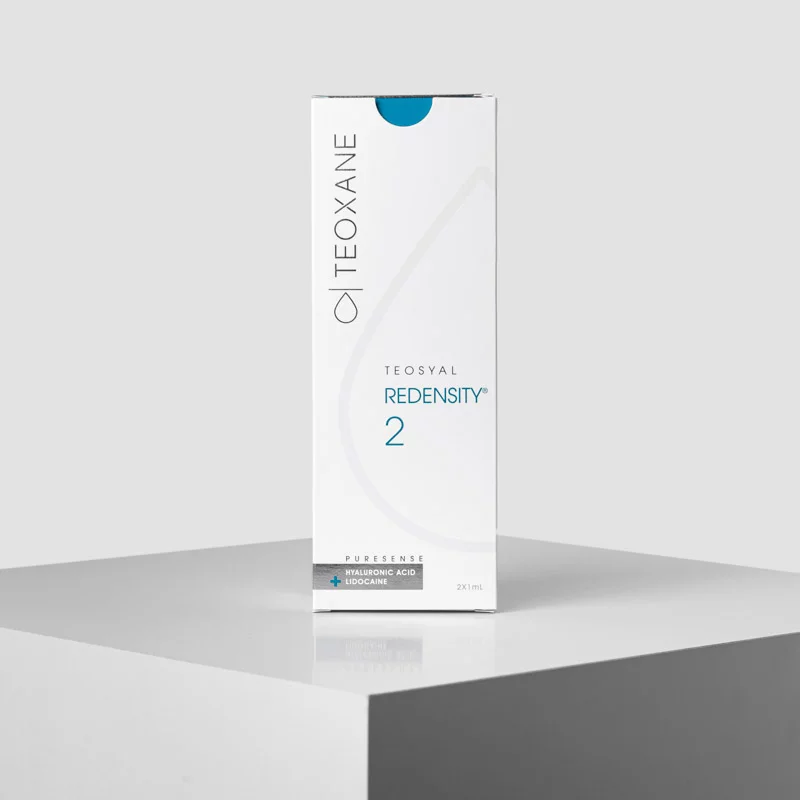
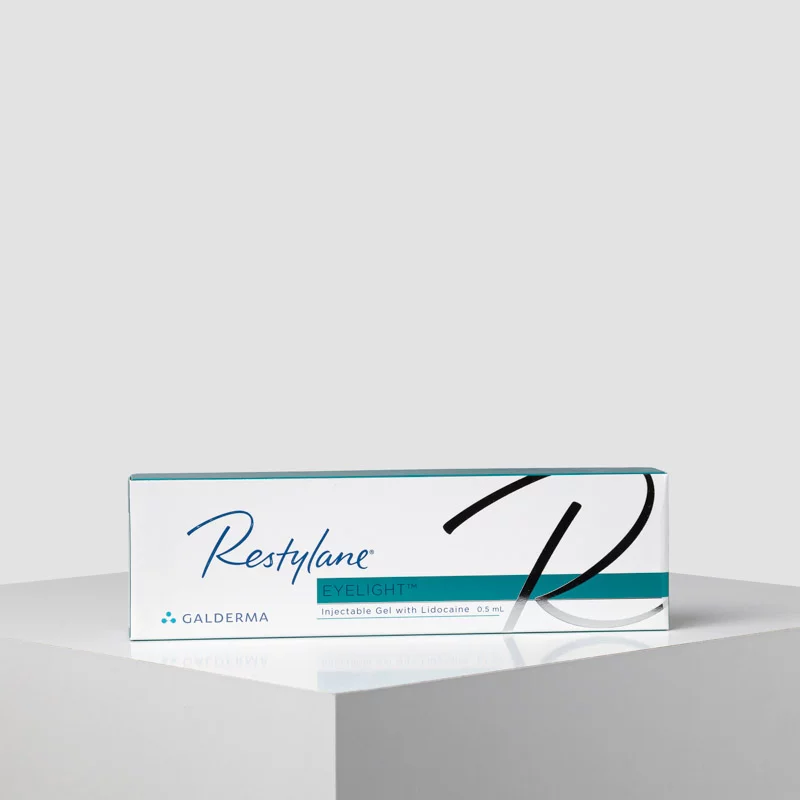

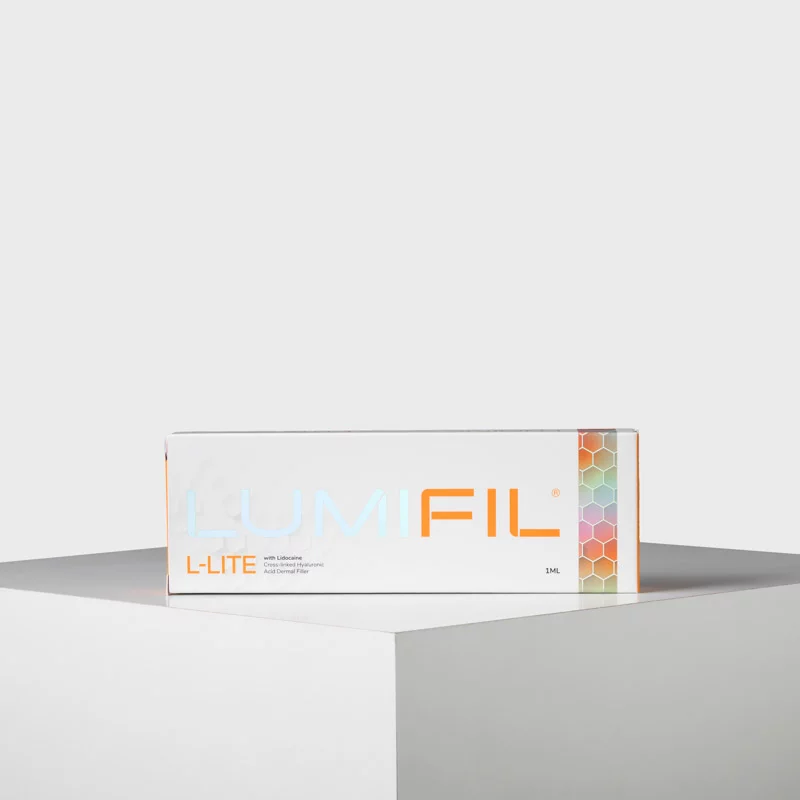
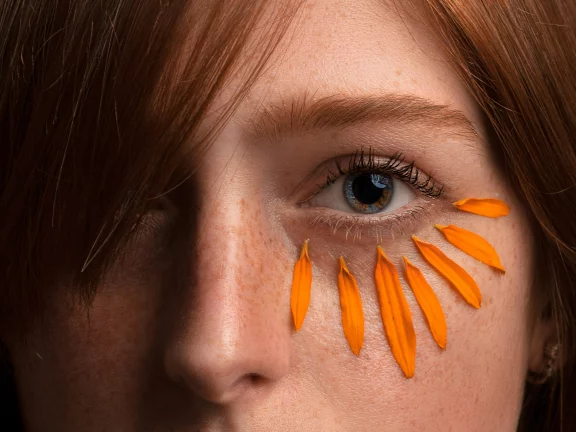
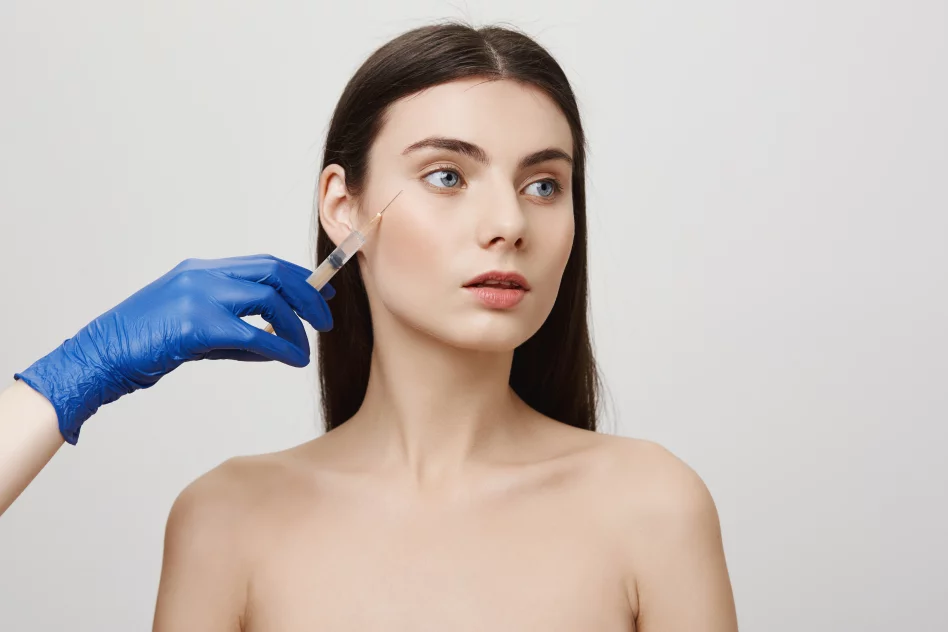
.webp)